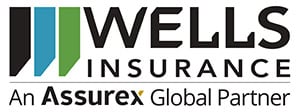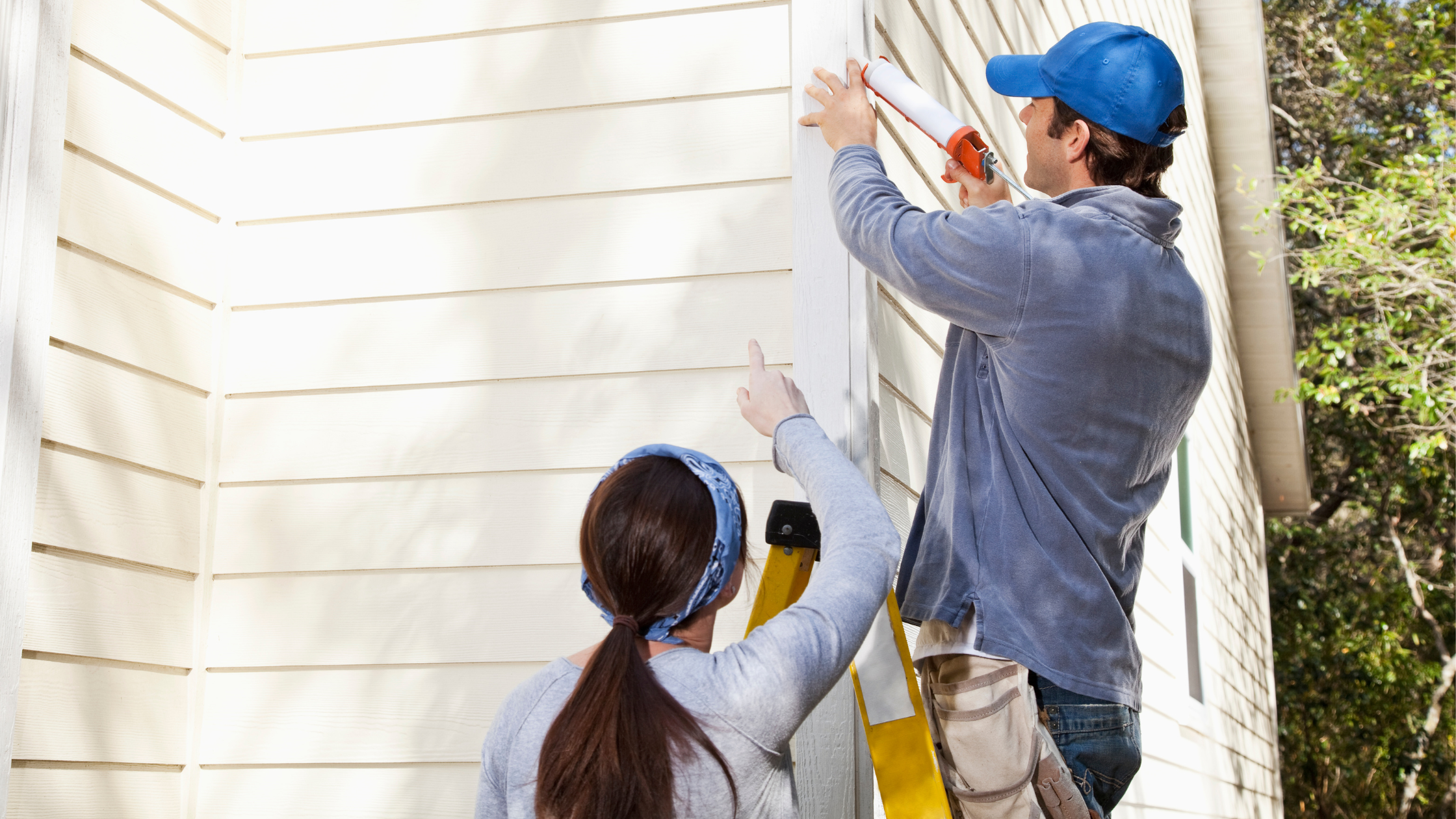DIY Home Insurance Inspections: Empowering or Overwhelming? Here’s How to Navigate It

If your insurance company just handed you the task of inspecting your own home—don't panic. You're not alone, and yes, it does sound like a lot at first. The idea of doing a “DIY home insurance inspection” might feel like being asked to grade your own test, knowing the teacher will double-check your work. But as one local homeowner recently found, it’s also an opportunity to take back some control.
Let’s discuss exactly what a DIY home inspection involves, what to expect, and how to make the most of it—stress-free and on your schedule.
What Is a DIY Home Insurance Inspection?
Instead of sending a third-party inspector to your house, your insurance company gives you the option (or requirement) to inspect the property yourself. That means you'll take photos of your home’s interior and exterior and submit them through a dedicated app or online portal.
This process allows your insurer to verify the current condition of your property, identify risk factors, and make sure the information on your policy is up-to-date.
“I’d say from my POV, my options were to have an inspector come out and go through my house—or I could do it myself and have control over the timing and how it was done on my schedule. It gave me a sense of control over the process.” — NC Homeowner
What You’ll Be Asked to Do
Be prepared to take clear, well-lit photos of the following areas:

Exterior:
- All four sides of your home
- Roof (condition, moss, missing shingles)
- Gutters, foundation, siding, paint
- Driveways, steps, walkways, railings
- Any visible safety hazards
- Landscaping (branches near the roof, debris)
- Pools and fencing (if applicable)

Interior:
- Electrical panel, outlets, wiring
- Plumbing (under sinks, water heater)
- HVAC system
- Smoke and carbon monoxide detectors
- Attic or crawlspace
- General condition of living spaces
Why Are They So Thorough?
More and more, insurance companies are becoming increasingly selective. With increasing numbers of claims and higher repair costs, they want to ensure they're insuring well-maintained homes.
“It’s overwhelming. It feels like I’m being judged. But I get it—they’re looking for signs of negligence versus true accidents. It’s made me notice things I hadn’t in years.”
From a business standpoint, they're evaluating the likelihood of damage and ensuring that your property meets their risk standards. From your standpoint, it’s a chance to spot maintenance issues early—before they become costly.
Common Pitfalls to Avoid
-
Waiting too long to get started – One homeowner whose policy expired at the end of the month realized it was the 30th. They were still given two weeks, but the stress and pressure to identify and repair issues was overwhelming.
-
Missing small issues – Loose gutters, worn siding, rotting decks, or a blocked walkway might seem minor, but insurers notice.
-
Skipping key interior spaces – Under-sink plumbing, the electrical panel, and even the attic matter.
-
Low-quality, incomplete, or doctored photos – Blurry or poorly lit images, photoshopped images, or photos of photos may lead to rejection or further requests.
Tips for a Stress-Free Submission
-
✅ Tidy up before taking photos – A clean space shows you care about maintenance.
-
✅ Do a pre-inspection – Fix anything obvious before snapping pics.
-
✅ Test safety devices – Smoke detectors, CO alarms, and handrails should be in working order.
-
✅ Highlight upgrades – If you’ve updated your HVAC or added a new roof, document it!
-
✅ Ask questions – Not sure what they’re asking for? Call your agent.
What Happens If Something’s Flagged?
If issues are found, you’ll likely get a list of required repairs and a deadline (varies depending on carrier). You may need to submit proof once they’re resolved—either with photos or contractor receipts. Ignoring these requests could result in:
- Increased premiums
- Non-renewal or cancellation
- Limited coverage or exclusions
Final Thoughts: Control vs. Stress
DIY inspections can feel like a double-edged sword—on one hand, they let you handle the process on your own time; on the other, they come with a level of scrutiny that can be frustrating.
Still, many homeowners are finding that this model gives them a chance to take proactive steps toward protecting their homes—and keeping their insurance policies in good standing.
“It forced me to pay attention to things I hadn’t really noticed over the years. And that’s not a bad thing.”
Need Guidance?
At Wells Insurance, our local agents are here to help you navigate the process—whether you’re managing a DIY inspection, changing carriers, or just want to make sure your home is properly protected.
👉 Have questions about what insurers are really looking for? Let’s talk. Contact us today for a personal review and professional advice that fits your schedule—and your life.


